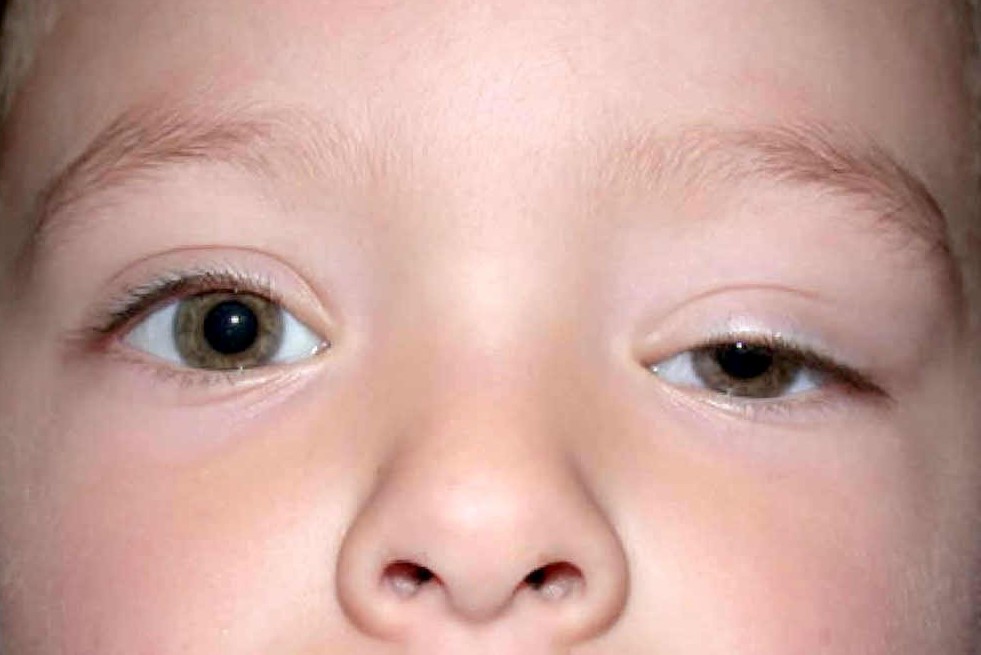
Blepharoptosis: getting to know eyelid drooping
Blepharoptosis (or “eyelid ptosis”) is a medical condition consisting of partial or total drooping of the upper eyelid of the eye
It can be bilateral, i.e. affecting both eyes, in which case the defect is congenital, but more often it affects only one eye (in which case the defect is “acquired”).
The acquired form of blepharoptosis is caused by paralysis or injury to the muscles and nerves generally involved in the movement of the eyelid
Injuries are in turn due to various conditions including trauma, inflammation, ageing (senile or age-related blepharoptosis), the presence of other medical problems (stye, chalazion, headache, stroke, neurological or muscular diseases, diabetes, headache), and the abuse of certain drugs.
Blepharoptosis can be of varying degrees, appearing in a mild form or completely covering the pupil, iris and other parts of the eye, restricting vision.
What diseases can be associated with blepharoptosis?
The diseases that can be associated with blepharoptosis are as follows:
- Botulism
- Chalazion
- Headache
- Diabetes
- Stroke
- Inflammations
- Muscle diseases
- Neurological diseases
- Myasthenia gravis
- Stye
- Trauma
Please note that this is not an exhaustive list and that you should always consult your doctor.
What are the remedies for blepharoptosis?
In cases where it is not possible to eliminate the cause of eyelid ptosis, it is necessary to resort to surgical correction, which can improve both vision and appearance.
With blepharoptosis, when should a doctor be consulted?
In case of trauma or if one of the associated pathologies is diagnosed (see list of associated pathologies).
Read Also:
Autoimmune Diseases: The Sand In The Eyes Of Sjögren’s Syndrome


